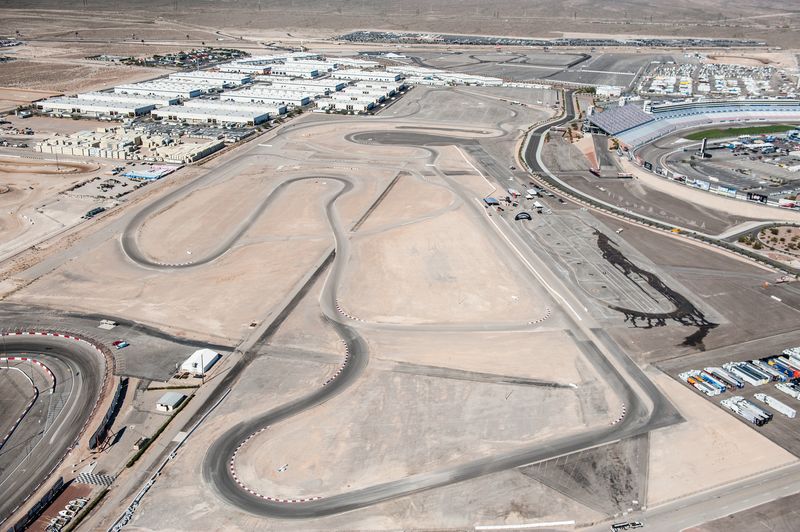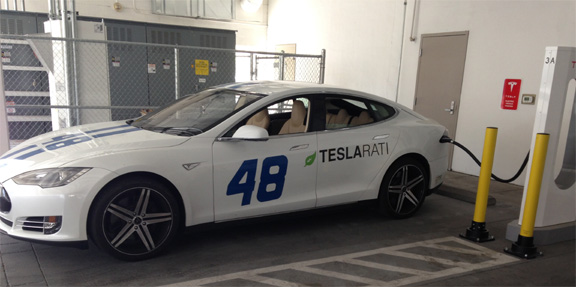Lifestyle
Tesla Model S Racing at Las Vegas Motor Speedway
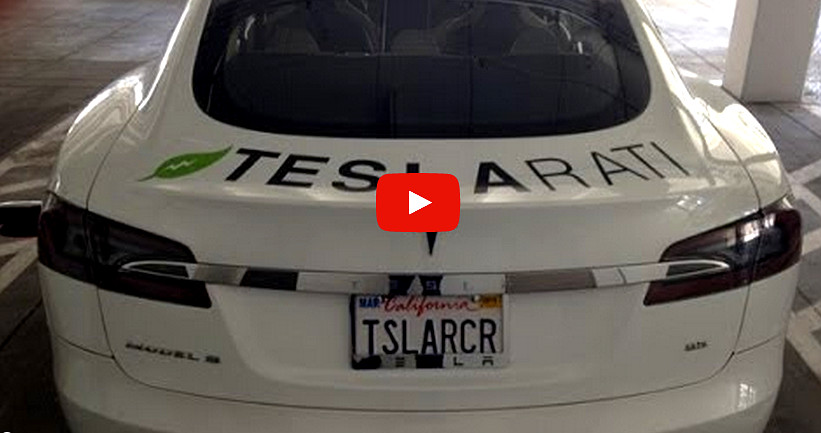
The Track
Las Vegas Motor Speedway (LVMS) outside course is adjacent to the Super Speedway and is conveniently located close to the center of the city. It’s a 2.4 miles long, technical course, featuring 13 turns of various configurations. The track is completely flat with no elevation changes or on/off camber turns.
The Tesla Model S
The Model S handles quite well on this track, although frequent speed changes contribute to more pronounced power limitation. The track surface did not change much throughout the day which allowed us to maintain the same amount of tire grip and slippage. The consistent track conditions allowed us to really concentrate on racing techniques and follow proper racing lines while building our experience with the open passing format.
Our best lap time was 2:17 with a top speed of 110 mph on the front straightaway. Run Group: Orange with Speed Ventures
Charging and Power Consumption
The course is only 11 miles away from the new Las Vegas Tesla Supercharger. With the Supercharger so close by, we were able to run full sessions in the morning and then head back to the Supercharger during our lunch break to fill back up. It’s approximately a 20 minute transit each way and requires another hour to recharge.
The outside course has a single 220V 50Amp SS2 twist lock outlet behind the building. We confirmed it was operational however there was no need to use it given that the Supercharger was so close by.
Also see: The Tesla Racing Series
The track consumed less power than other tracks we’ve raced at, averaging 900 wh/m. We were able to run the first lap all out before power limitation began on the second lap. After approx. 6 to 8 laps, power was limited to 80 kw (1/4 of MS capacity). At this point it was time to pull off the track, as the car could barely accelerate. We tried spending a few minutes in the grid to let the car cool down. After about 4 minutes the power limitation was reduced by not completely gone. It was good enough to allow us to continue racing, but unfortunately by the time we’ve cooled down, the session was practically over.
Travel
Traveling to Las Vegas in the Model S was an adventure in itself. The area between Las Vegas and Barstow is prone to extremely high winds and sand storms which we seriously underestimated. Sustained head winds of 35mph along with steep elevation changes substantially reduce available range. Even by reducing driving speeds to 40 mph our power consumption was consistently in the 400-500 wh/m range.
In the end we paid dearly for it and ended up stranded on the side of the road with no range left. Tesla was a class act and gracious enough to cover the towing, but overall it was a very stressful experience which we’ll surely learn from.

Lifestyle
Elon Musk seemingly confirms Cybertruck gift to 13-year-old cancer fighter
Diagnosed in 2018 with a rare form of brain and spine cancer with no cure, the teen has undergone 13 surgeries by the time he was 12.
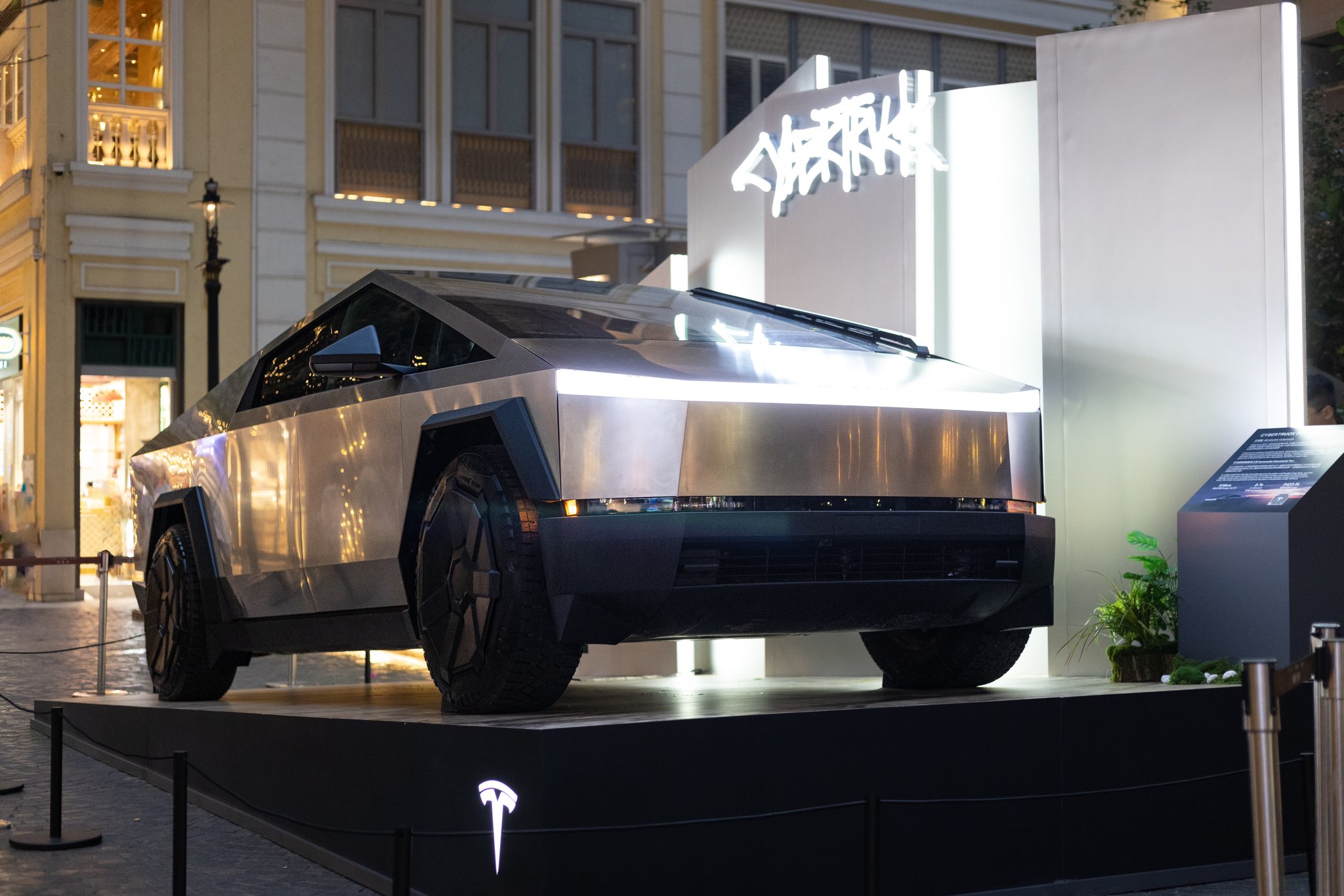
Elon Musk has seemingly confirmed that he will be sending a Tesla Cybertruck to 13-year-old Devarjaye “DJ” Daniel, a 13-year-old Houston boy fighting brain cancer. The teen was recognized as an honorary Secret Service member by U.S. President Donald Trump during his address to Congress on Tuesday.
A Chance Meeting
The Tesla CEO’s Cybertruck pledge was mentioned during DJ’s short interview with CNN’s Kaitlan Collins. When Collins asked the 13-year-old what he told the Tesla CEO, DJ answered that he asked for a Cybertruck.
“I said, ‘can you do me a big favor, when you get back to Houston can you send us a Cybertruck down there?’” the cancer fighter stated.
Daniel noted that Musk responded positively to his request, which was highlighted by Collins in a post on X. Musk responded to the post with a heart emoji, suggesting that he really will be sending a Cybertruck to the 13-year-old cancer fighter.
Teen’s Cancer Battle Inspires
Diagnosed in 2018 with a rare form of brain and spine cancer with no cure, Daniel has undergone 13 surgeries by the time he was 12. During his speech, Trump highlighted the 13-year-old’s long battle with his disease.
“Joining us in the gallery tonight is a young man who truly loves our police. The doctors gave him five months at most to live. That was more than six years ago. Since that time, DJ and his dad have been on a quest to make his dream come true,” Trump stated.
Daniels officially received an honorary badge from U.S. Secret Service Director Sean Curran, to much applause during the event.
Surprisingly Partisan
While Daniels’ story has been inspiring, Trump’s focus on the 13-year-old cancer fighter has received its own fair share of criticism. MSNBC host Nicolle Wallace, while referencing Daniels’ love for law enforcement, noted that she is hoping the 13-year-old never has to defend the U.S. capitol against Trump supporters. “If he does, I hope he isn’t one of the six who loses his life to suicide,” Wallace stated.
Anti-Musk and Trump accounts on X have also thrown jokes at the cancer fighter’s honorary badge, with some dubbing the 13-year-old as a “DEI hire” that should be looked into by DOGE.
Lifestyle
Tesla owner highlights underrated benefit of FSD Supervised
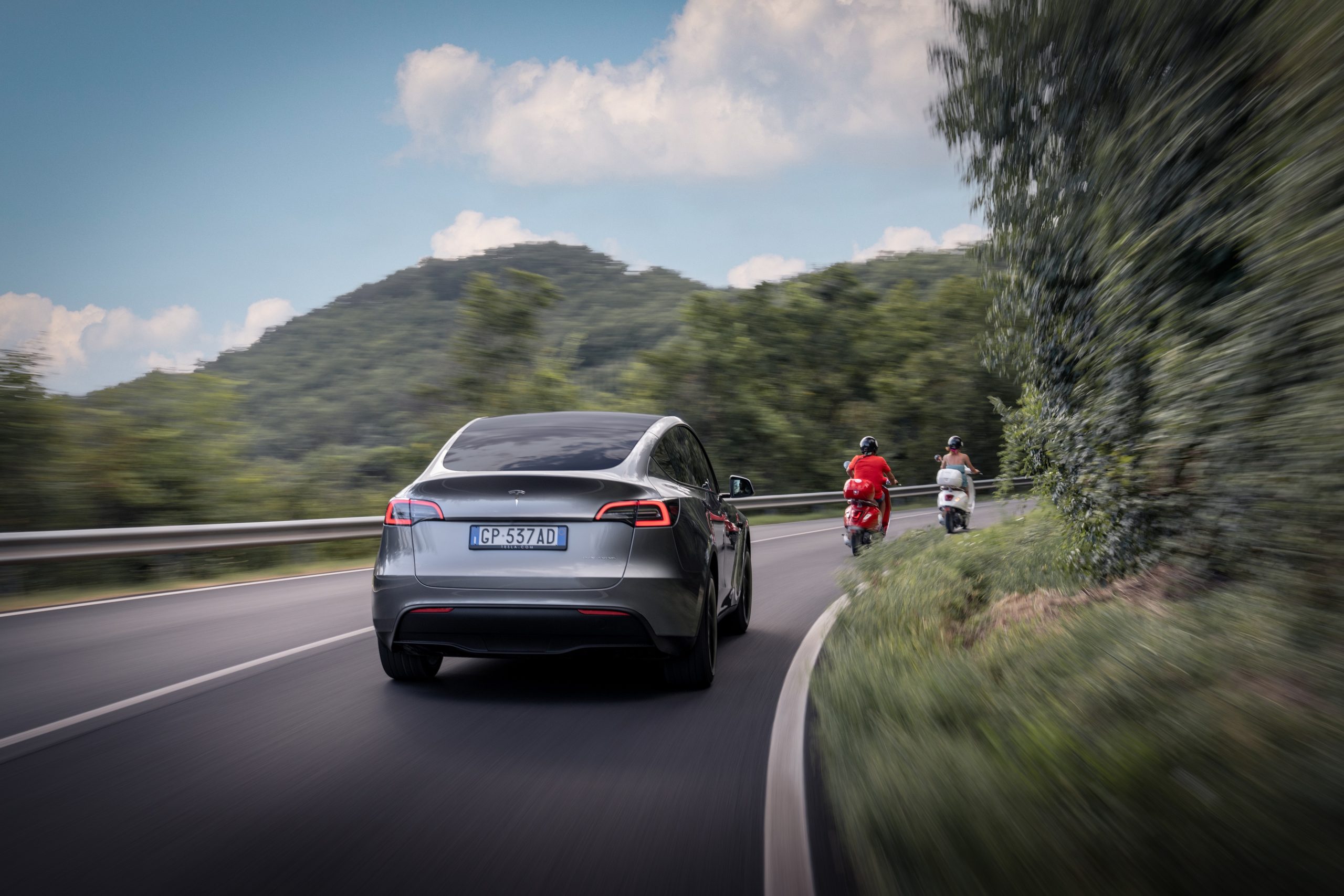
Elon Musk has been pretty open about the idea of FSD being the difference maker for Tesla’s future.
If Tesla succeeds in achieving FSD, it could become the world’s most valuable company. If it doesn’t, then the company would not be able to reach its optimum potential.
FSD Supervised’s safety benefits:
- But even if FSD is still not perfect today, FSD Supervised is already making a difference on the roads today.
- This was highlighted in Tesla’s Q4 2024 Vehicle Safety Report.
- As per Tesla, it recorded one crash for every 5.94 million miles driven in which drivers were using Autopilot technology.
- For comparison, the most recent data available from the NHTSA and FHWA (from 2023) showed that there was one automobile crash every 702,000 miles in the United States.
This morning, Tesla FSD proved to be an absolute godsend. I had to take my brother-in-law to the hospital in Sugar Land, TX, which is 40 miles away, at the ungodly hour of 4 AM. Both of us were exhausted, and he was understandably anxious about the surgery.
— JC Christopher (@JohnChr08117285) January 29, 2025
The convenience of…
FSD user’s tale:
- As per an FSD user’s post on social media platform X, FSD Supervised was able to help him drive a relative to a medical facility safely even if he was exhausted.
- During the trip, the driver only had to monitor FSD Supervised’s performance to make sure the Tesla operated safely.
- In a vehicle without FSD, such a trip with an exhausted driver would have been quite dangerous.
- “This morning, Tesla FSD proved to be an absolute godsend. I had to take my brother-in-law to the hospital in Sugar Land, TX, which is 40 miles away, at the ungodly hour of 4 AM. Both of us were exhausted, and he was understandably anxious about the surgery.
- “The convenience of sending the hospital’s address directly from my iPhone to my Tesla while still inside my house, then just a single button press once inside, and 40 miles later we were precisely in front of the hospital’s admissions area.This experience really underscores just how transformative this technology can be for society,” Tesla owner JC Christopher noted in his post.
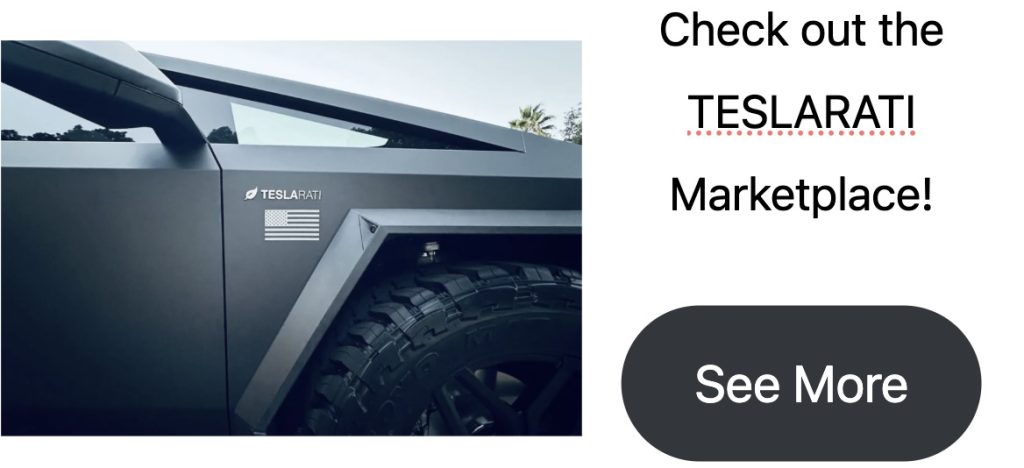

Don’t hesitate to contact us with news tips. Just send a message to simon@teslarati.com to give us a heads up.
Lifestyle
Tesla Optimus “stars” in incredible fanmade action short film
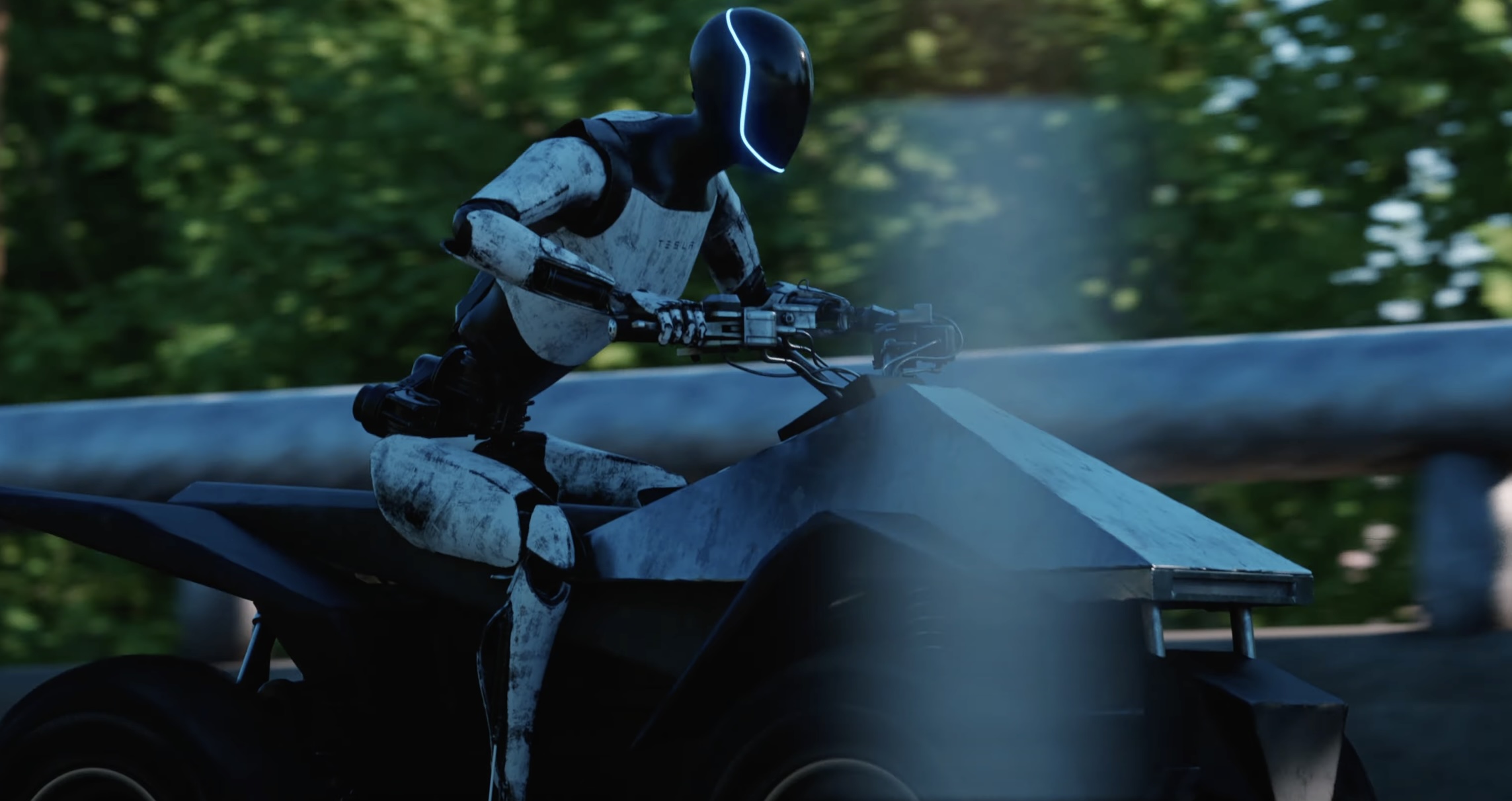
There are few things that prove an enthusiast’s love towards a company more than a dedicated short film. This was highlighted recently when YouTube’s SoKrispyMedia posted a 10-minute action movie starring Optimus, Tesla’s humanoid robot, as well as several of the company’s most iconic products.
The video:
- Shot like a Hollywood action flick, the video featured a rather humorous plot involving a group of thieves that mistakenly targeted a Tesla Model 3 driver.
- The Model 3 driver then ended up speaking to Tesla for assistance, and some high-octane and high-speed hijinks ensued.
- While the short film featured several Tesla products like the Model 3, Superchargers, and the Cybertruck, it is Optimus that truly stole the show.
- Optimus served several roles in the short film, from an assistant in a Tesla office to a “robocop” enforcer that helped out the Model 3 driver.
Future Robo-cop @Tesla_Optimus
— SOKRISPYMEDIA (@sokrispymedia) January 12, 2025
full video: https://t.co/TXpSRhcP5K pic.twitter.com/YFHZ7siAP7
Cool inside jokes:
- The best Tesla videos are those that show an in-depth knowledge of the company, and SoKrispyMedia definitely had it.
- From the opening scenes alone, the video immediately poked fun at TSLA traders, the large number of gray Tesla owners, and the fact that many still do not understand Superchargers.
- The video even poked fun at Tesla’s software updates, as well as how some Tesla drivers use Autopilot or other features without reading the fine print in the company’s release notes.
- The video ended with a tour de force of references to Elon Musk products, from the Tesla Cybertruck to the Boring Company Not-a-Flamethrower, which was released back in 2018.
Check out SoKrispyMedia’s Tesla action short film in the video below.
Don’t hesitate to contact us with news tips. Just send a message to simon@teslarati.com to give us a heads up.
-
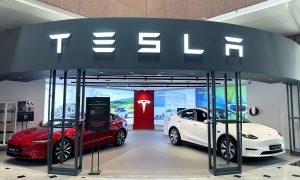
 News6 days ago
News6 days agoTesla at risk of 95% crash, claims billionaire hedge fund manager
-
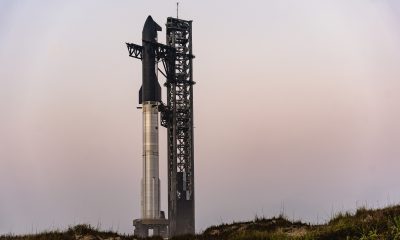
 News1 week ago
News1 week agoSpaceX announces Starship Flight 8’s new target date
-
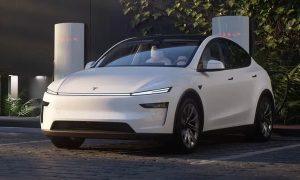
 News6 days ago
News6 days agoTesla contract with Baltimore paused after city ‘decided to go in a different direction’
-

 News1 week ago
News1 week agoTesla launches fresh U.S. promotions for the Model 3
-
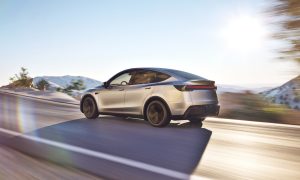
 Elon Musk1 week ago
Elon Musk1 week agoTesla mulls adding a new feature to fight off vandals as anti-Musk protests increase
-
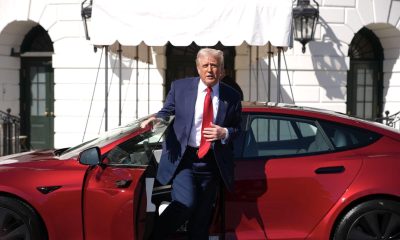
 Elon Musk2 days ago
Elon Musk2 days agoPresident Donald Trump buys a Tesla at the White House – Here’s which model he chose
-
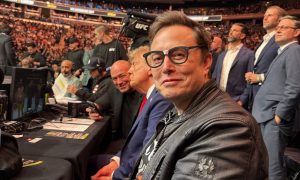
 Elon Musk1 week ago
Elon Musk1 week agoTesla UK sales up over 20% despite Elon Musk backlash
-
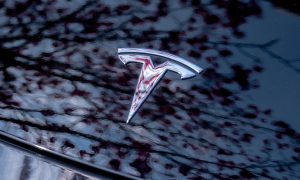
 News2 days ago
News2 days agoElon Musk comments on Tesla’s massive Monday stock slide
